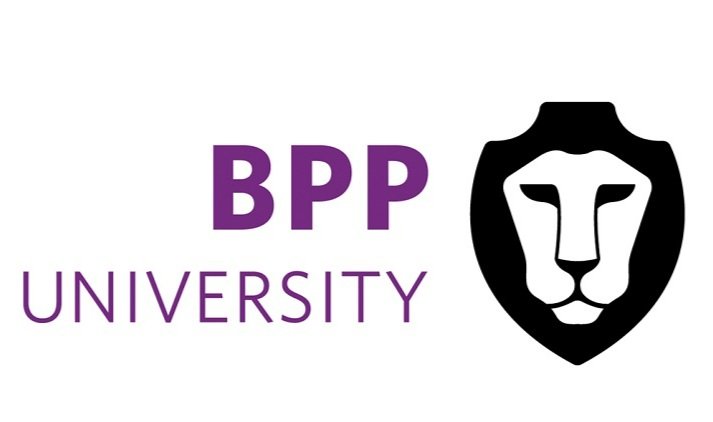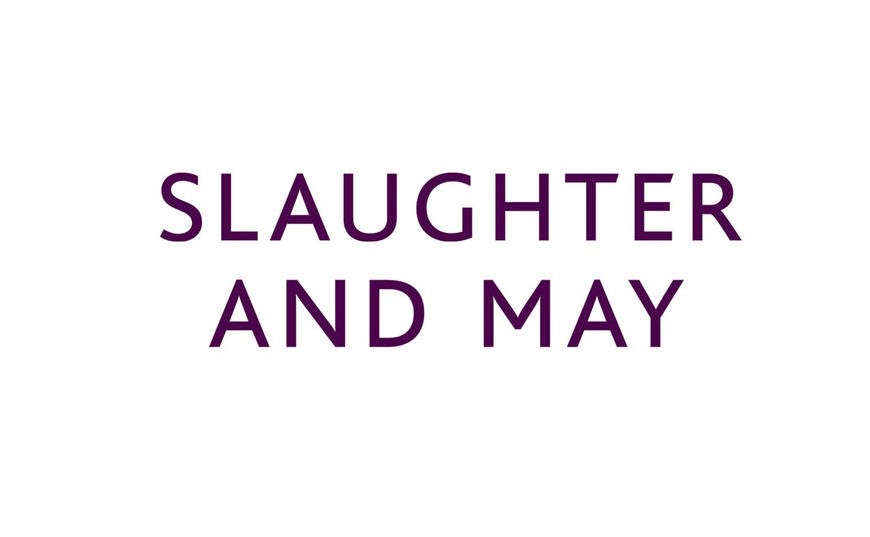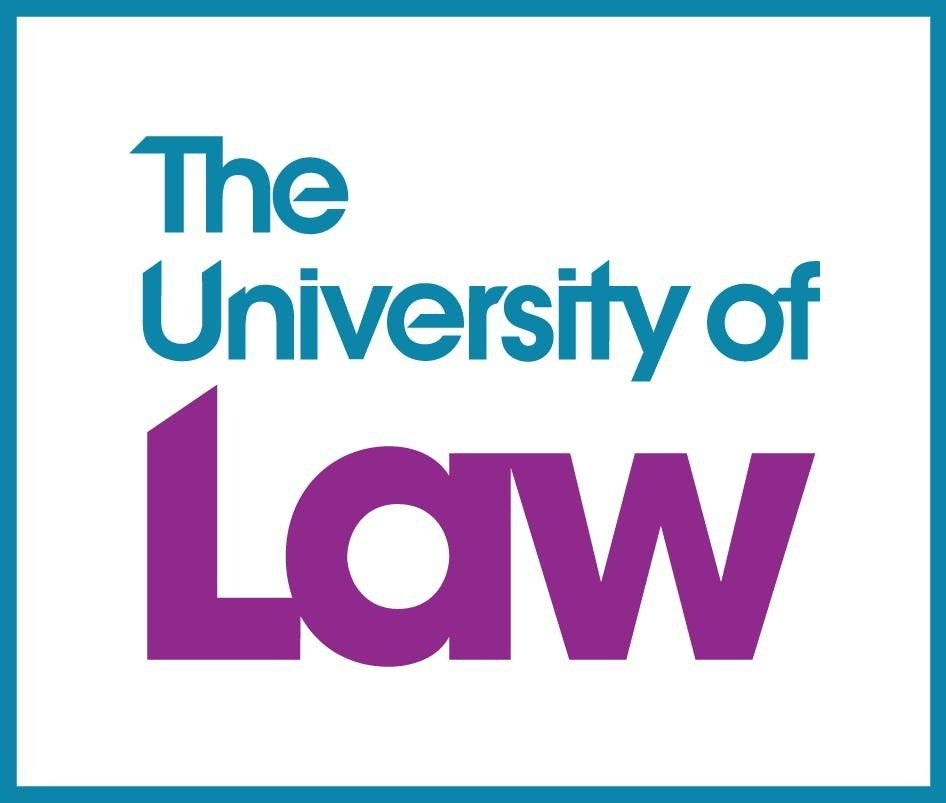Introduction:
Virtually since the inception of modern British society, LGBT people have been relentlessly persecuted by their own government and communities. While significant strides have been made towards the advancement of LGBT rights in the UK, this progress is still blighted by the UK’s historic and systemic criminalisation of LGBT people largely rooted in Christian dogma.
This lasting legacy continues to hinder the advancement of LGBT rights and equality at a socioeconomic level, ultimately leaving LGBT people ‘separate but equal’ to their non-LGBT counterparts. However, ‘separate but equal’ does not refer to genuine equality, but rather acts as a guise to conceal present-day mechanisms of LGBT oppression. To understand how LGBT people are still affected by overt and covert discrimination, one must analyse the UK’s history of anti-LGBT legislation and how it was weaponised against LGBT people, as well as the driving forces behind such legislation.
Part 1:
In the UK, the basis for anti-LGBT rhetoric and, subsequently, criminalisation, can be traced back to ‘ecclesiastical forms of control.’[1] It is within Mediaeval religious courts in the twelfth century, independent of royal courts, where the term ‘sodomite’ was used to encompass same-sex relations. While ‘sodomy’ did not exclusively refer to same-sex intercourse, it nonetheless categorised it alongside “Those who have dealings with Jews and Jewesses, [and] those who commit bestiality,”[2] in which the punishment was “to be buried alive, after legal proof that they were taken in the act, and public conviction.”[3] However, it must be noted that, up until the twelfth century, there is arguably no “convincing proof of an implacable ecclesiastical animus against the sodomist.”[4] While LGBT criminalisation at the time was relatively more ambiguous, it cannot be denied that the vague criminalisation of ‘sodomy’ deliberately distinguished same-sex relations as ‘unnatural,’ as opposed to those that were ‘natural,’ or rather, procreative.[5] Establishing sodomy as an ‘utterly confused category’[6], this enabled the Roman Church, which wielded immense socio-political power at the time, to ‘enforce a moral order in respect of both clergy and laity through a system that comprised canon law as well as penitentials and other theological writings.’[7]
Persecution of LGBT people at the hands of ecclesiastical courts culminated in the Buggery Act 1533[8], marking the point “When sodomy (or buggery) first became regulated by English statute.”[9] While the act, like previous indictments of ‘sodomy’, did not explicitly criminalise same-sex intercourse or relations, it was nonetheless weaponised against LGBT people upon its inception and for centuries to come. It must be noted that the Buggery Act 1533[10] “was not motivated solely by theological ambitions…but, rather, represented a secular expression of political power by Henry VIII.”[11] Despite Henry VIII’s primarily secular objective to catalyse “the progressive reduction of the jurisdiction of the ecclesiastical courts,”[12] criminalising ‘buggery’ as abominable nonetheless “reflected contemporary Christian attitudes about ‘unnatural’ sexual acts.”[13] Having analysed the persecution of LGBT people at the hands of ecclesiastical courts, and the evident parallels within the Buggery Act 1533[14], it is clear that ‘moral intolerance rooted in Christianity’[15] was a primary vehicle for LGBT oppression.
It was not until 2003 that male homosexual offences were officially repealed under the Sexual Offences Act 2003[16]. While this was in many respects a major victory for British LGBT rights, the fact that same-sex intercourse was only officially repealed roughly two decades ago highlights how such systemic oppression has not been fully uprooted, with much progress still to be made. Looking at present-day instances of LGBT discrimination, however covert or overt, will reveal how this legacy is by no means dismantled, and systemic reform is still very much needed.
Part 2:
At statutory and common law, LGBT people are seemingly equal to their non-LGBT counterparts. However, this apparent equality does not negate the lasting legacy of LGBT criminalisation, nor does it encapsulate how more covert forms of oppression have become more prevalent. Centuries of LGBT criminalisation and subsequent oppression are primarily exhibited in the form of health inequality in the UK. British LGBT people “report poorer health than the general population and worse experiences of healthcare,” which can notably be attributed to “social inequalities…[and] the cumulative effects of lifelong exposure to prejudice and discrimination.”[17] These fundamental differences in health equality do not exist in a vacuum. That being said, this does not negate the significant advancements made for LGBT rights. The fact that LGBT people are equal to their non-LGBT peers in statutory and common law, despite this being a relatively new development, has been a considerable boon for protecting LGBT rights. However, this is qualified by the continued and unique statutory inequality transgender people face, as well as increased hostility towards them that has been perpetuated by Parliament. However, despite statutory and common law equality for the majority of the LGBT community, this is merely a passive protection of LGBT rights - half the value of case law and statute stems from how they are applied, particularly in the context of LGBT rights. More proactive efforts to eradicate LGBT discrimination and fundamental inequalities are needed to unroot the systemic and social inequality that continues to mar LGBT people. While the UK government has “launched an inquiry into LGBT+ health and social care and made policy recommendations based on their findings,”[18] it remains the case that “very few actionable suggestions have been made.”[19] This trepidation does not stem from an “absence of robust evidence”[20], a verifiably false statement, but rather from “entrenched resistance to LGBT equality in the UK.”[21]
Conclusion:
The UK’s unjust, systemic legacy of LGBT oppression, stemming from Christian dogma and ecclesiastical courts, has resulted in LGBT people being fundamentally unequal to their non-LGBT peers, sociopolitically and otherwise. Despite the progress made in common and statutory law, more covert forms of oppression, and entrenched social prejudices towards LGBT people, persist in the bedrock of British society. Drastic and proactive efforts are necessary in order to meaningfully continue to advance LGBT rights.
References:
[1] Paul Johson and Robert Vanderbeck, Law, Religion and Homosexuality (1st edn, Routledge 2014) 30.
[2] Derrik Sherwin Bailey, Homosexuality and the Western Christian Tradition, (Longmans, Green and Co. 1955) 145.
[3] ibid.
[4] ibid, 98-99.
[5] Dawn Moon, ‘Religious Views on Homosexuality,’ in Diane Richardson and Steven Seidman
(eds), Handbook of Lesbian and Gay Studies (Sage 2002) 313-328; Anna Clark, Desire: A History of European Sexuality, Abingdon: (2nd edn, Routledge 2008) 73-74.
[6] Michel Foucault, The History of Sexuality Volume 1: An Introduction, (4th edn, Penguin Books 1979) 101.
[7] Johnson and Vanderbeck (n 1) 32.
[8] The Buggery Act 1533.
[9] Johnson and Vanderbeck (n1) 32.
[10] (n 8).
[11] Johnson and Vanderbeck (n 1) 33.
[12] Harford Montgomery Hyde, The Other Love: An Historical and Contemporary Survey of Homosexuality in Britain, (Heinemann, 1970) 39.
[13] Edward Coke, The Third Part of the Institutes of the Laws of England, (4th edn, Andrew Crooke et al, 1669) 58.
[14] (n 8).
[15] Coke (n 13) 58.
[16] Johnson and Vanderbeck (n 1) 29.
[17] Sue Westwood et al, ‘Older LGBT+ Health Inequalities in the UK: Setting a Research Agenda’, [2020] 74 Journal of Epidemiology & Community Health 408, 408.
[18] Elizabeth McDermott et al, ‘The Politics of LGBT+ Health Inequality: Conclusions from a UK Scoping Review’ (2021) 18(2) International Journal of Environmental Research and Public Health 826, 826.
[19] ibid.
[20] ibid.
[21] ibid
Bibliography:
Legislation
Buggery Act 1533
Human Rights Act 1998
Sexual Offences Act 2003
Journal Articles
McDermott E, et al ‘The Politics of LGBT+ Health Inequality: Conclusions from a UK Scoping Review’ (2021) 18(2) International Journal of Environmental Research and Public Health 826.
Westwood S, Willis P, Fish F, Hafford-Letchfield T, Semlyen J, King A, Beach B, Almack K, Kneale D, Toze M and L Becares, ‘Older LGBT+ Health Inequalities in the UK: Setting a Research Agenda” [202] 74 Journal of Epidemiology & Community Health 408.
Books
Bailey D.S, Homosexuality and the Western Christian Tradition, (Longmans, Green and Co. 1955)
Clark A, Desire: A History of European Sexuality (2nd edn, Routledge 2008).
Coke E, The Third Part of the Institutes of the Laws of England, (4th edn, Andrew Crooke et al, 1669)
Foucault M, The History of Sexuality Volume 1: An Introduction, (4th edn, Penguin Books 1979)
Hyde H.M, The Other Love: An Historical and Contemporary Survey of Homosexuality in Britain (Heinemann,1970).
Johnson P and Vanderbeck RM, Law, Religion and Homosexuality (1st edn, Routledge 2014)
Moon D, ‘Religious Views on Homosexuality,’ in Diane Richardson and Steven Seidman (eds), Handbook of Lesbian and Gay Studies (Sage 2002).

















